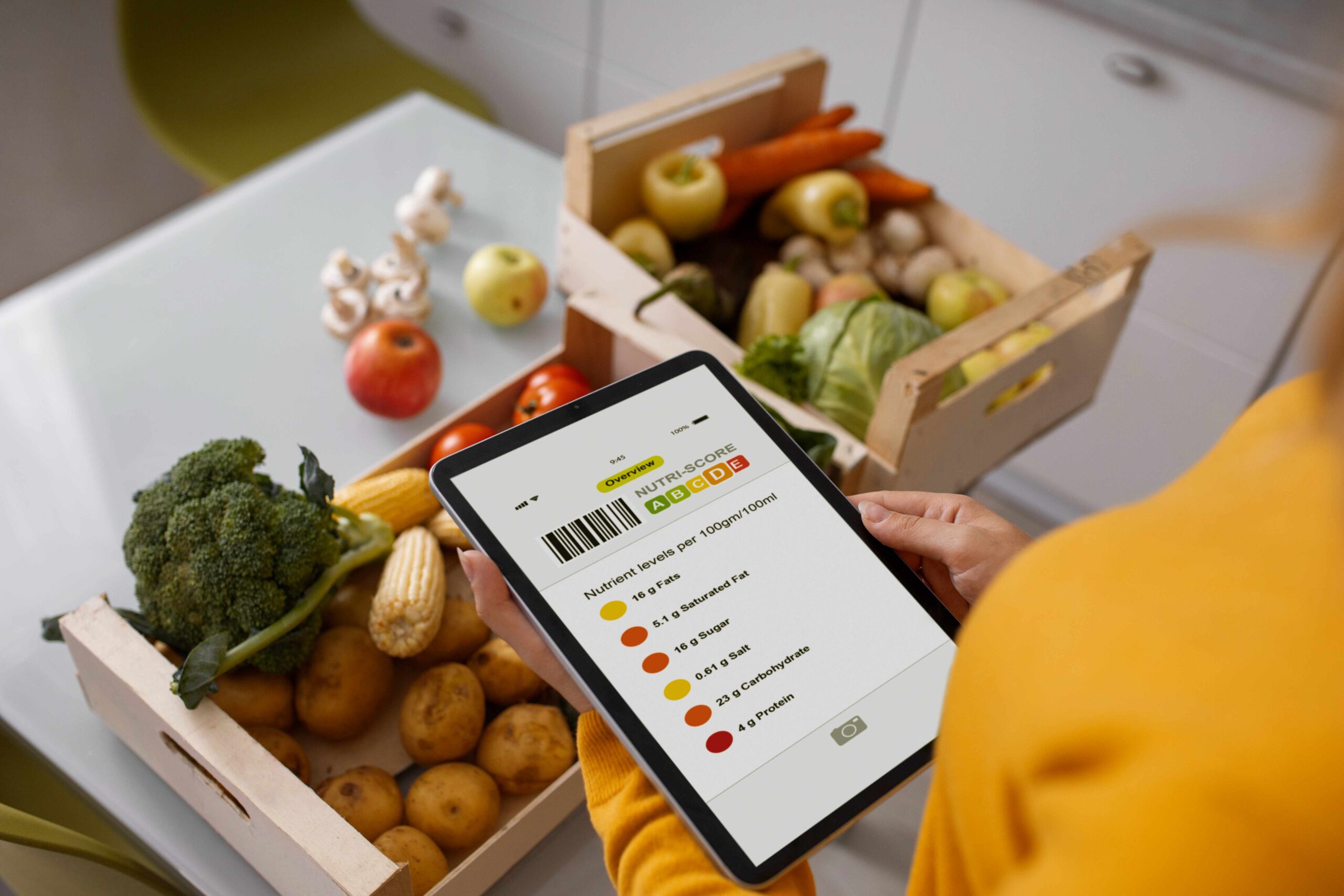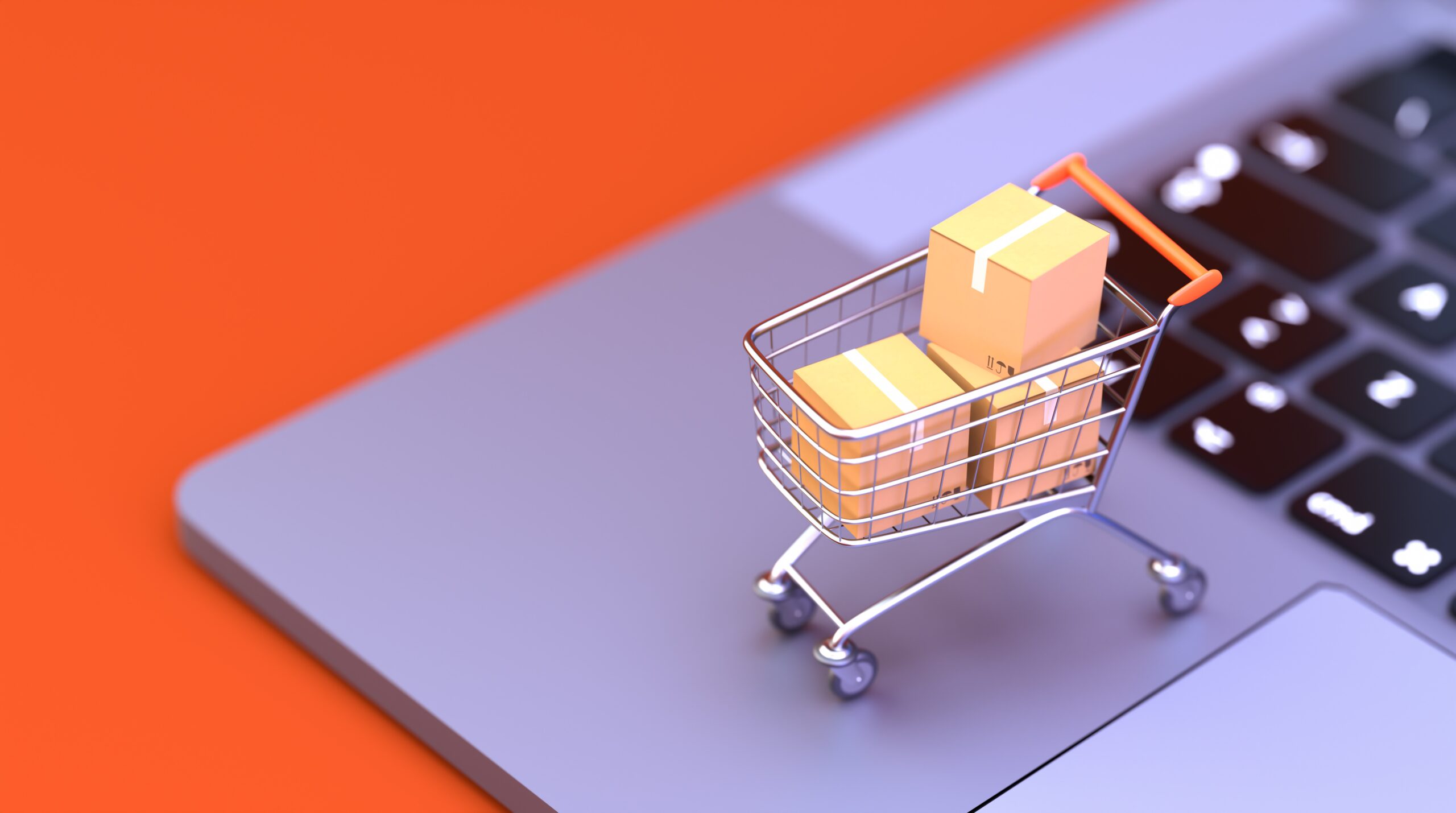In recent years, the landscape of retail has undergone a seismic shift, driven by advancements in technology and changing consumer preferences. One of the most notable app developments in this space is the rise of grocery delivery apps. These apps have not only transformed the way people shop for groceries but have also had a profound impact on businesses across the board. In this blog post, we’ll explore the significant implications of grocery delivery app development in the business world.
Expanding Reach and Accessibility:
Grocery delivery apps have democratized access to groceries, particularly for individuals with limited mobility or those living in remote areas. By eliminating the need for physical visits to stores, these apps make it possible for anyone with a smartphone to order groceries conveniently, thereby expanding the customer base for grocery retailers.
Enhancing Customer Convenience:
Convenience is king in today’s fast-paced world, and grocery delivery apps offer unparalleled convenience to consumers. With just a few taps on their smartphones, customers can browse through a vast selection of products, place orders at any time of the day or night, and have their groceries delivered to their doorstep. This level of convenience not only enhances the shopping experience but also fosters customer loyalty and repeat business.
Improving Operational Efficiency:
For grocery retailers, adopting a delivery app can streamline operations and improve efficiency. By automating the order-taking and delivery process, retailers can reduce the workload on staff and optimize resource allocation. Additionally, real-time data analytics provided by these apps enable retailers to track sales trends, manage inventory more effectively, and make data-driven decisions to drive business growth.
Competing in the Digital Age:
In today’s hyper-competitive retail landscape, staying ahead of the curve is essential for survival. Grocery delivery apps allow retailers to meet the evolving needs of consumers and stay competitive in an increasingly digital world. By offering an omnichannel shopping experience that seamlessly integrates online and offline channels, retailers can attract tech-savvy customers and differentiate themselves from traditional brick-and-mortar stores.
Driving Revenue Growth:
Grocery delivery apps present new revenue streams for retailers through delivery fees, subscription models, and partnerships with third-party vendors. By monetizing delivery services, retailers can offset the costs associated with app development and delivery logistics while generating additional revenue. Moreover, these apps open up opportunities for upselling and cross-selling, as retailers can recommend complementary products based on customers’ purchasing history and preferences.
Adapting to Changing Consumer Behavior:
The COVID-19 pandemic accelerated the adoption of grocery delivery apps as consumers sought safer alternatives to in-person shopping. Even as the pandemic subsides, the shift towards online grocery shopping is expected to persist, with consumers prioritizing convenience and safety. Businesses that embrace this trend and invest in grocery delivery app development are better positioned to thrive in the post-pandemic era and beyond.
Conclusion:
In conclusion, the impact of grocery delivery app development on businesses is profound and far-reaching. From expanding reach and accessibility to driving revenue growth and adapting to changing consumer behavior, these apps have become indispensable tools for retailers looking to stay competitive in the digital age. By leveraging the power of technology and embracing innovation, businesses can harness the full potential of grocery delivery apps to transform their operations and drive sustainable growth. Contact ToXSL Technologies for in-depth details.





